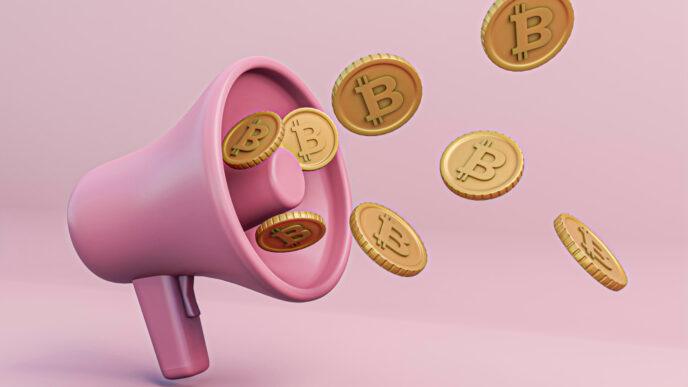The term “Bitcoin supply shock“ has gained significant traction in the bitcoin space, especially as bitcoin’s scarcity becomes more pronounced. With a fixed supply of 21 million coins, bitcoin’s economic model is designed to create increasing demand against a dwindling available supply.
But what exactly is a bitcoin supply shock, and why does it matter?
Understanding Bitcoin’s Fixed Supply
Unlike fiat currencies, which central banks can print indefinitely, bitcoin has a hard-capped supply of 21 million coins. This scarcity is enforced by bitcoin’s underlying code, making it a deflationary asset.
Key Bitcoin Supply Metrics:
- Total supply: 21 million BTC (expected to be fully mined by 2140)
- Currently circulating supply: ~19,846,578 BTC (as of 2025)
- Remaining Bitcoin to be mined: ~1.1 million BTC
- Daily issuance rate: ~900 BTC (post-2024 halving)
The bitcoin halving, which occurs every four years, cuts mining rewards in half, slowing down new supply. The most recent halving in April 2024 reduced block rewards from 6.25 BTC to 3.125 BTC.
Diminishing New Supply vs. Growing Demand
As bitcoin adoption grows—through ETFs, institutional investments, and global macroeconomic instability—the demand for bitcoin is increasing while new supply shrinks. This imbalance is what creates a supply shock.
What Is a Bitcoin Supply Shock?
A bitcoin supply shock occurs when demand drastically outpaces available supply, leading to rapid price appreciation. This happens because:
- Fewer new coins enter the market (due to halvings).
- Large holders (whales) and institutions accumulate bitcoin, reducing liquid supply.
- Long-term holders (HODLers) refuse to sell, further constricting supply.
Historical Precedents of Bitcoin Supply Shocks
Bitcoin has experienced multiple supply shocks, each leading to massive price rallies:
| Event | Price Before | Price After (Peak) | ROI |
|---|---|---|---|
| 2012 Halving | ~$12 | ~$1,100 | 9,000% |
| 2016 Halving | ~$650 | ~$20,000 | 2,900% |
| 2020 Halving | ~$8,500 | ~$69,000 | 700% |
Each halving reduces sell pressure from miners (who typically sell BTC to cover costs), tightening supply just as demand increases.
The bitcoin supply shock is not just a theoretical concept—it’s a mathematical certainty due to bitcoin’s fixed supply and growing demand.
If history repeats itself, the bitcoin supply shock could push prices to unprecedented levels. Investors who understand this dynamic are positioning themselves early—will you?















